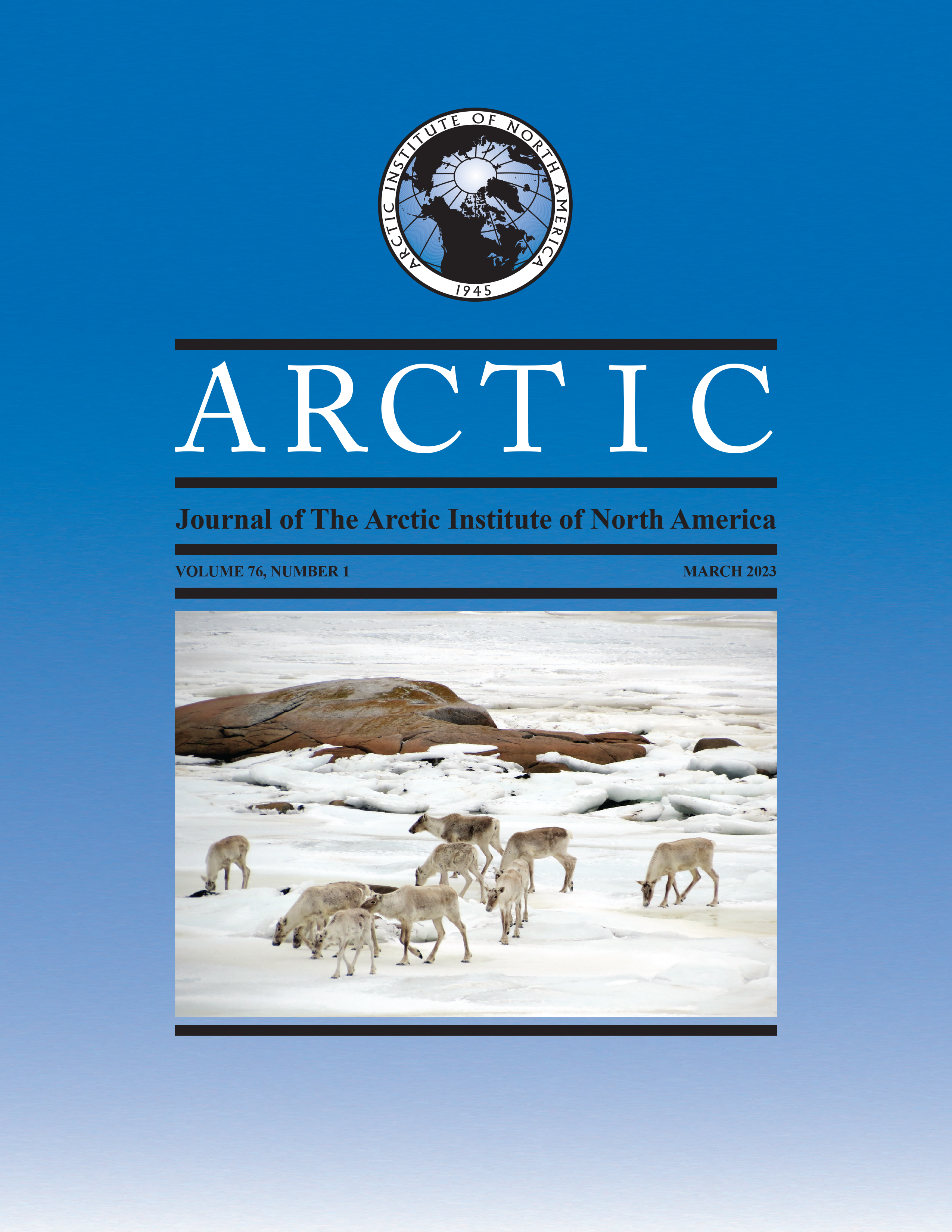An Examination of Outdoor Garden Bed Designs in a Subarctic Community
DOI:
https://doi.org/10.14430/arctic77061Keywords:
subarctic; boreal; climate change adaptation; First Nation; kale; northern agriculture; raised beds; remote community; food securityAbstract
At the global level, interest is growing in extending agricultural activities northwards to increase future food production. Agricultural activities are emerging at the local level in the subarctic and Arctic regions in order to adapt to climate change, mitigate food insecurities, and build up food autonomy. This pilot crop management study was situated in the Hudson Bay Lowlands within an isolated, Indigenous community garden site surrounded by a mature shelterbelt. The study’s purpose was to compare kale growing in three types of low-cost garden bed treatments (four plots per treatment) under ambient conditions in a subarctic climate. The 2019 study measured aboveground biomass and total leaf surface area of kale, monitored soil climate conditions of each treatment, and deciphered, with regards to regional suitability, the benefits and drawbacks of each garden bed treatment. Kale cultivated in the standard boxes (0.25 m height raised bed) and hügelkultur-style boxes (0.50 m height raised bed, including a layer of buried woody debris) resulted in 44 – 58% more aboveground mass and 52% more total surface area than were yielded in kale cultivated in the ground treatment (not elevated), but these increases did not represent statistically significant differences among treatments (ANOVA, p ≥ 0.12) because of the large variation likely from a small sample size. The two raised box treatments increased early-season soil temperatures by 0.5˚C to 2.5˚C and reduced soil moisture by 41% – 53% compared to the ground treatment. We determined that the standard box treatment is best suited for the study site for improving soil climate conditions, protecting against water erosion, and decreasing the need to bend over.
Downloads
Downloads
Published
Issue
Section
License
Copyright (c) 2023 ARCTIC

This work is licensed under a Creative Commons Attribution 4.0 International License.


